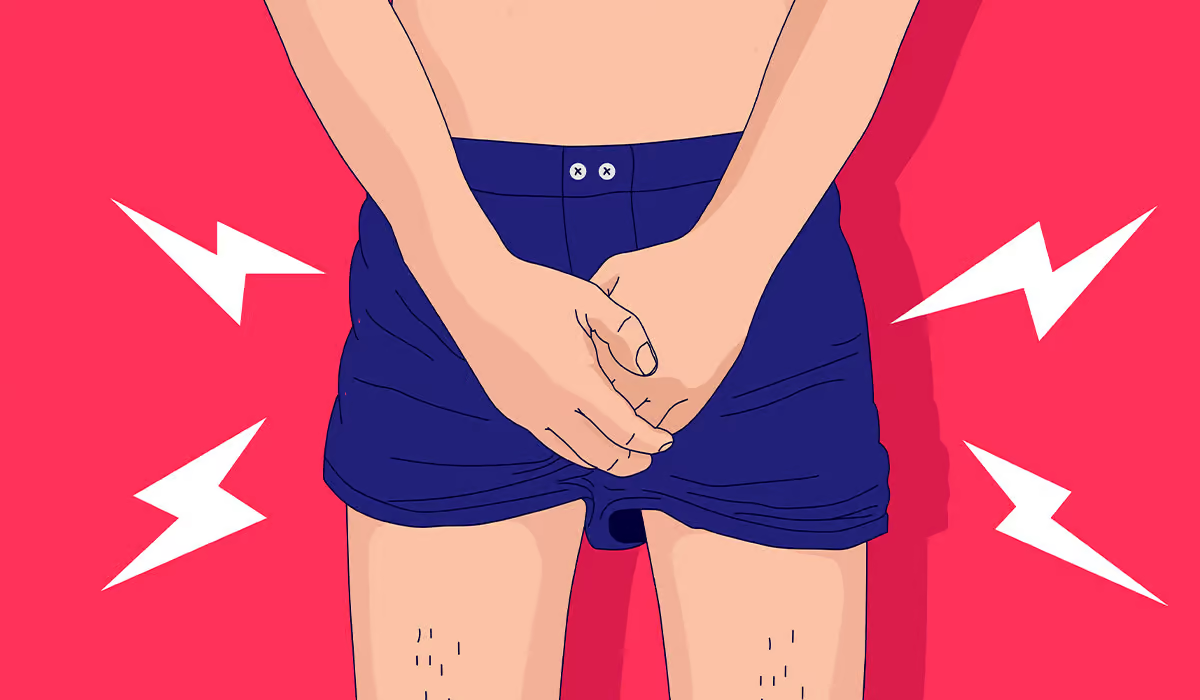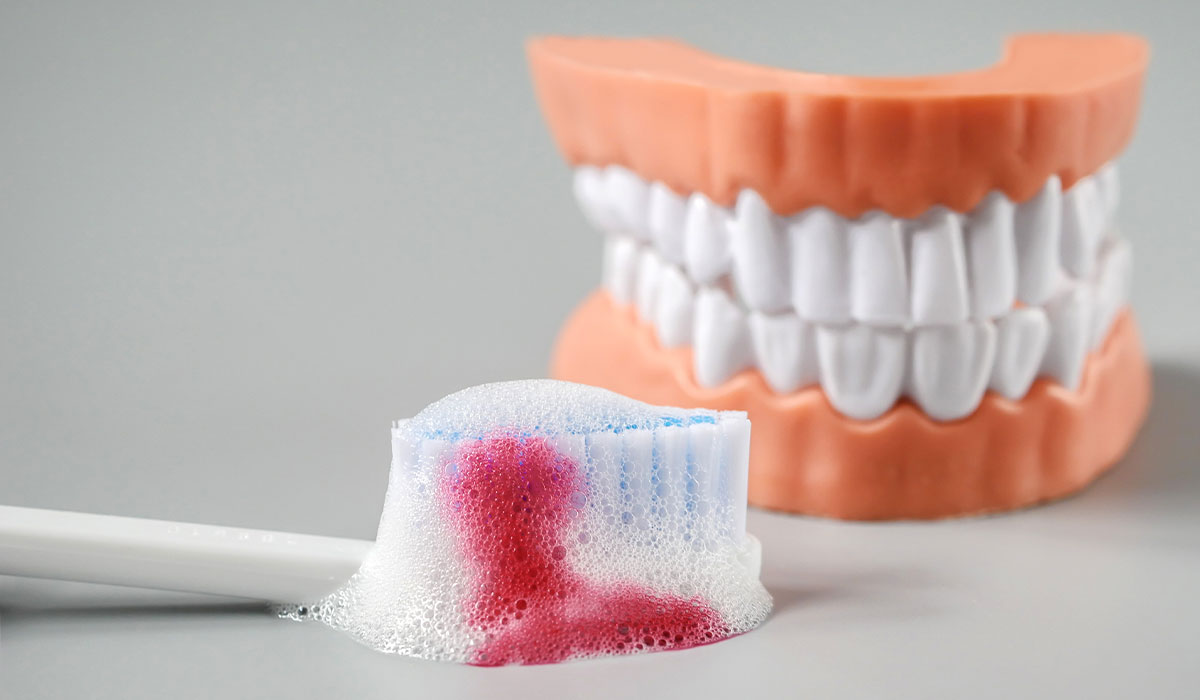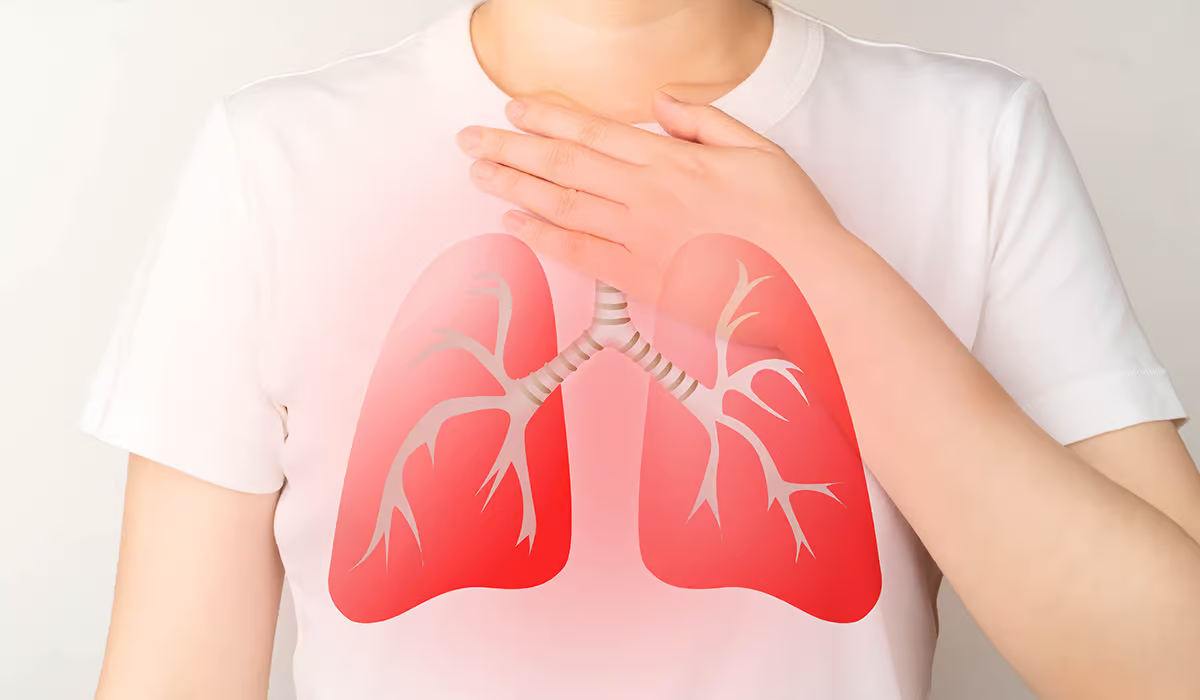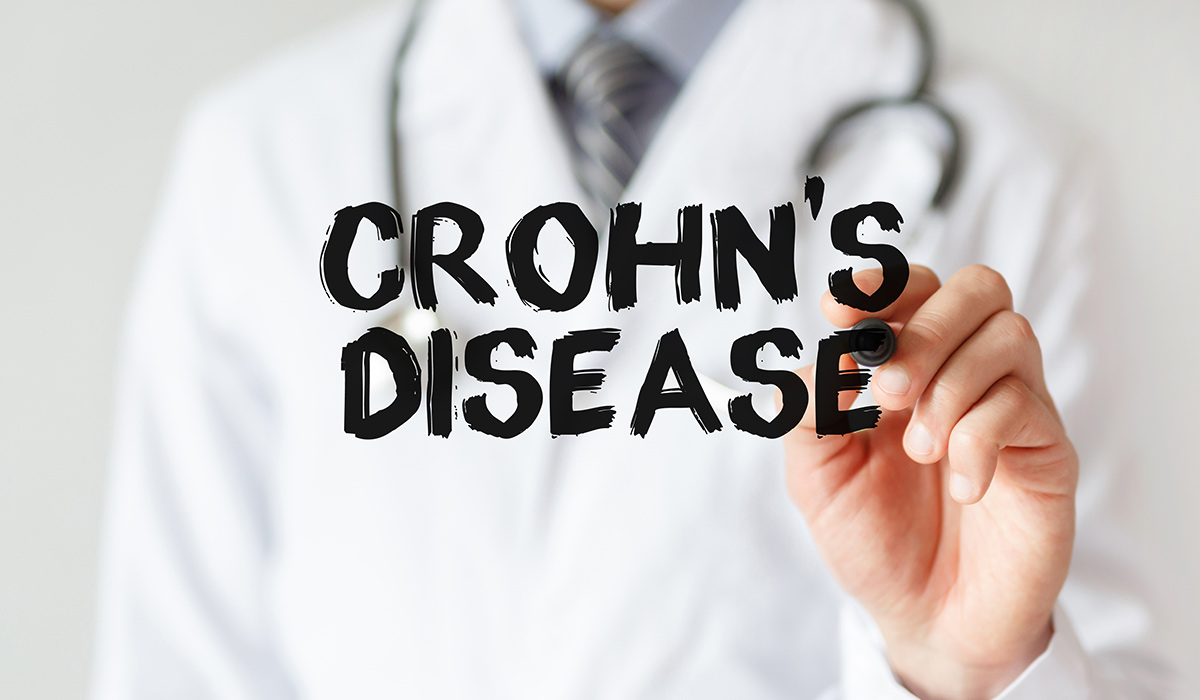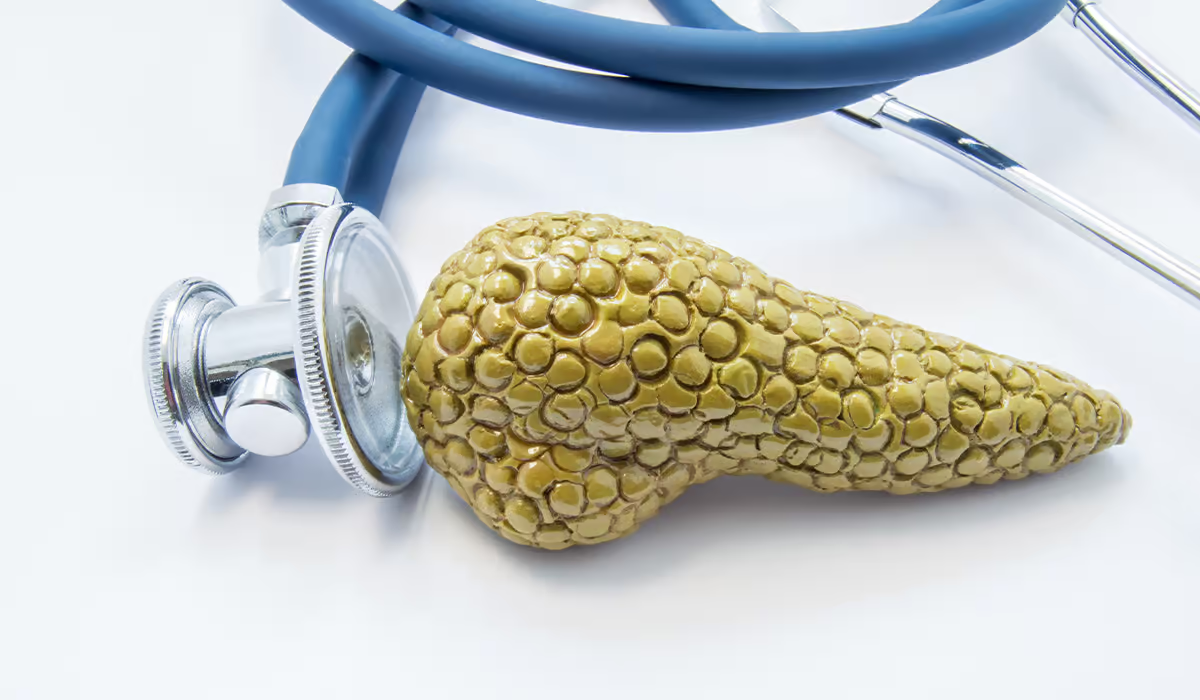Trichomoniasis – What Are The Causes?
The cause of this condition, as mentioned, is a protozoal infection. The disease develops between 5 and 28 days after infection (sexual intercourse). The risk of developing trichomoniasis increases in people who have sexual intercourse with multiple partners and individuals diagnosed with other sexually transmitted diseases or have previously suffered from this condition.
Protozoal infection occurs mainly through sexual contact with an infected person. There is a risk of indirectly contracting this condition – using a shared towel, sanitary facilities, gynecological tools, public toilets, or saunas. There are also cases of trichomoniasis infection during childbirth. Trichomoniasis in children may develop, for example, as a consequence of neglect of hygiene by caregivers.
How Does Trichomoniasis Manifest Itself?
Trichomoniasis may have an acute or chronic course. In women and men, trichomonas vaginalis can live in the urogenital system for many years without causing any disturbing symptoms. The incubation period takes usually from four days to four weeks.
Trichomoniasis in women can have many symptoms. In some women, the infection is asymptomatic. However, for most, the primary manifestation of the disease is a frothy yellow-green discharge with an unpleasant odor and irritation of the genital area. They may appear within a few days after infection. Vaginal discharge may be accompanied by pain and burning in the urethral area, as well as frequent urination accompanied by pain.
Trichomoniasis in men is most often asymptomatic, but sometimes, it may cause symptoms of urethritis. The main symptoms may be pain and burning during urination, whitish discharge from the urethra, and frequent urination.
To sum up, asymptomatic carriers play a significant role in the spread of this condition. Although the disease affects women more often, its asymptomatic course is more common among men. The incubation period for trichomoniasis differs significantly – depending on the situation, it may range from 3 to even 28 days. Symptoms of this condition vary depending on gender.
The most typical symptoms of trichomoniasis in women include:
- Abundant discharge that is greenish, gray, or yellow-green
- Characteristic, foamy vaginal discharge with an unpleasant odor
- Itching in the vagina and vulva area
- Painful sexual intercourse
- Inflammation and swelling of the vagina
- Pain and burning in the vagina and urethra
- Inflammation of the urinary tract
- Lower abdominal pain

The most common symptoms of trichomoniasis in men are:
- Inflammation of the urethra and bladder
- Purulent or mucopurulent discharge from the urethra
- Burning after urination or ejaculation
- Swelling and inflammation of the glans and foreskin
- Chronic inflammation of the prostate
Trichomonas vaginalis can modify the physicochemical conditions prevailing where they live, including changes in pH. It promotes the development of other pathogens – which is why this condition often coexists with mycosis or bacterial inflammation of the genital tract. Moreover, trichomonas can stick to the vaginal epithelium, which is damaged by the enzymes it secretes. It significantly increases the risk of infection with other venereal diseases, including HIV, herpes virus, syphilis, chlamydia, and hepatitis B and C. Other complications of trichomoniasis may also include pelvic inflammatory disease, infertility, and chronic vaginitis.
What To Do If You Experience Symptoms of Trichomoniasis?
If this condition is suspected, specialists recommend a consultation at a sexually transmitted disease clinic (also known as a venereology clinic, most often within a dermatology clinic) for diagnosis and treatment. Due to chronic problems with the urogenital organs, patients may initially seek help in gynecological, nephrological, or urological clinics.
How Does a Doctor Diagnose Trichomoniasis?
The patient’s reporting of the symptoms described above or the diagnosis of another sexually transmitted disease should prompt a diagnosis of trichomoniasis.
Trichomonas vaginalis is most often detected in vaginal secretions in women and urethral secretions in men. Diagnosis is based on a microscopic examination of secretions from the genital tract, urinary tract, or urine sediment. If the result of this procedure is negative, the doctor can establish an anaerobic culture from material taken from an appropriate swab from the patient.
What Are the Treatments for Trichomoniasis?
Untreated trichomoniasis is a hazardous disease, causing many serious health complications. They include, among others, the formation of cysts in the reproductive organs, chronic inflammation of the genital and urinary tract, cervical diseases, ectopic pregnancy, and even cancer.
Proper treatment of trichomoniasis involves taking appropriate antibiotics. The therapy involves short-term administration of chemotherapy drugs to which protozoa are sensitive. Oral administration of nifuratel, a drug with a broad spectrum of activity, including antiprotozoal activity, may be recommended. It is used to treat vaginal and vulvar infections caused by, among others: Trichomonas vaginalis.
Nifuratel accelerates the treatment of urogenital infections and prevents their recurrence but does not affect the physiological vaginal flora (does not affect Lactobacillus spp). It also does not lead to cross-resistance of microorganisms to other drugs used to treat infections.
Do not drink alcohol while taking nifuratel orally.
Side effects of trichomoniasis treatment include:
- Nausea
- Vomiting
- Headache
- Metallic taste in the mouth
- Dizziness
Home treatment of trichomoniasis is not possible, but it is worth remembering to implement a few rules to avoid infection in the future.
Moreover, the treatment should also apply to the sexual partners of the infected person, and sexual contact should be refrained from until the treatment is completed and the symptoms disappear.
If trichomoniasis is detected in one of the partners, both or more partners are subject to treatment. It is because, in many cases, the disease does not cause any symptoms, which means that the patient’s partner does not have to know that he is sick. A gynecologist, venereologist, or urologist should conduct consultation and subsequent treatment.

Treatment of the disease is based on the antibacterial and antifungal agents administration. The complementary preparation is a probiotic that will help maintain normal bacterial flora and prevent the development of other fungal infections.
In sexually active women, control tests for trichomoniasis are recommended three months after the end of treatment.
What to Do to Avoid Getting Trichomoniasis?
Trichomoniasis is an infection transmitted mainly sexually. The risk of infection can be reduced by monogamous relationships, avoiding casual sexual contact, using condoms, and not having sexual intercourse with people suffering from sexually transmitted diseases. Use your toiletries (soap, sponges) and towels, do not borrow underwear or swimsuits, and do not sit on the toilet seat in public toilets.
Prevention
The fundamental method of preventing most sexually transmitted infections is barrier contraception, which prevents contact with a partner’s secretions.
An example of this is condoms – the most frequently used protection during sexual intercourse. Their purpose is to isolate the partner’s genital tract from secretions. Please remember that they are not only to avoid unplanned pregnancy but also to protect yourself against contracting sexually transmitted diseases. The factors causing these infectious diseases include bacteria, viruses, fungi, and protozoa discussed above.
Another type of prevention is limiting casual sexual contact and carefully selecting partners (e.g., those tested for sexually transmitted diseases). Using tests to diagnose these infections is a way to prevent their spread in society. A significant element of prevention is the treatment of these conditions that have already occurred, which reduces the risk of spreading the disease.
It is significant to treat all sexual partners of an infected person simultaneously. For some diseases, there is also pre- or post-exposure prophylaxis. It involves administering drugs before or after exposure to a risk factor. An example of this is pre- and post-exposure prevention of HIV infection (PrEP and PEP). It is based on administering particular antiviral drugs before sexual contact with an infected person or up to 72 hours after exposure, but the earlier it is used, the greater its effectiveness. Vaccinations should also be mentioned. This prevention concerns viral sexually transmitted diseases, and thanks to it, it is possible to reduce the occurrence of a given pathogen in society.
It, in turn, translates into reduced infections among unvaccinated people. An excellent example of such a situation is vaccination against oncogenic types of HPV, which is recommended for both girls and boys who are not at risk of cervical cancer. However, reducing the risk of HPV infection among men also reduces the risk of infecting their sexual partners. Unfortunately, we do not have vaccines for all viruses.

Other STDs
Trichomoniasis is not the only sexually transmitted disease that we should protect from. The other most common venereal diseases include:
- Syphilis – it is a disease developing as a result of infection with the bacterium Treponema pallidum. It has a very insidious development that is difficult to notice, and, as a result, the disease may go undetected for up to several dozen years. The symptoms of a venereal disease depend on the stage of the disease. The final stage of syphilis may cause damage to the liver or heart, ultimately leading to the death of the infected person.
- Chlamydia – it is a disease caused by infection with the bacterium Chlamydia trachomatis. In most cases, no symptoms of the disease are noticeable, which is why sick people pose a real threat to other people. Men may experience itching, burning, or pain when urinating. Additionally, swelling and pain in the testicles may develop, or purulent and mucous discharge may begin to ooze from the urethra. In turn, in women, this disease may manifest itself through purulent discharge, intermenstrual bleeding, pain in the lumbar and lower abdomen, bleeding, spotting, or pain after intercourse. Untreated chlamydiosis causes inflammation in the sexual organs, makes it difficult to conceive a child, and leads to arthritis (Reiter’s syndrome), reduced immunity, nervous system disorders, vascular diseases, and even asthma.
- Genital herpes – is a very common disease caused by HSV infection. A characteristic symptom of this disease is blisters filled with serous fluid that appear on the mucous membranes and skin of the genitals. They disappear after three weeks and leave no scars. Carriers of the virus notice a tingling sensation in the genital area, enlarged lymph nodes, and general weakness of the body. Additionally, there is also an increased body temperature and pain during urination. Although the symptoms disappear spontaneously after a few weeks, even antiviral therapy does not eliminate the virus from the body. It may recur every few or a dozen or so months, but the relapses are much milder.
- HIV infection – if it is undetected and untreated, it leads to the development of AIDS (acquired immunodeficiency syndrome) – the virus gradually damages the immune system of the infected person. In the first years, no specific symptoms of infection are noticeable, which is why estimates indicate that up to half of all infected people are not aware of their carrier status. Within a period of three to six weeks, flu-like symptoms may appear, such as fever, increased sweating, enlarged lymph nodes, sore throat, joints, or muscles. They usually disappear after a few days, and the virus enters the phase of asymptomatic carriage lasting up to a dozen or so years. The last phase is AIDS, i.e., the destruction of the immune system, which makes it impossible to defend against infections or other diseases. A person suffering from HIV cannot be cured. Only drugs are available that can improve their health.
The most significant difficulty in detecting venereal diseases is the limited number of symptoms. Moreover, in some cases, a completely asymptomatic course is recorded in the first stage. So how long does it take for signs to occur? Most often, the symptoms of venereal diseases reported by patients are similar to the flu or urogenital infections, because the venereal disease symptoms are relatively inconspicuous.
Venereal diseases in men manifest themselves through unusual discharge from the urethra or pain and swelling in the scrotum area. In turn, venereal diseases in women may manifest through unusual vaginal discharge, bleeding between periods or immediately after intercourse.
In addition, both women and men also report:
- Itching in intimate areas
- Occurrence of pain in the lower abdomen
- Development of warts, pimples, or rash on the genitals or around the anus
- Pain and burning when urinating
- Feeling pain and discomfort during intercourse
If you notice any ailment, you should consult a specialist as soon as possible. For this purpose, you can visit a gynecologist, a dermatologist-venereologist, or a urologist.
Sources
- Trichomoniasis. NIH. https://www.ncbi.nlm.nih.gov/books/NBK534826/.
- Trichomoniasis. NIH. https://www.ncbi.nlm.nih.gov/pmc/articles/PMC4677781/.
- Trichomonas vaginalis: a review of epidemiologic, clinical and treatment issues. NIH. https://www.ncbi.nlm.nih.gov/pmc/articles/PMC4525749/.
- TRICHOMONAS VAGINALIS INFECTION AMONG ASYMPTOMATIC UNDERGRADUATE STUDENTS IN A PRIVATE UNIVERSITY IN OGUN STATE, NIGERIA. NIH. https://www.ncbi.nlm.nih.gov/pmc/articles/PMC10295101/.
- Trichomoniasis: Is it always sexually transmitted?. NIH. https://www.ncbi.nlm.nih.gov/pmc/articles/PMC4553853/.
- Epidemiology and Treatment of Trichomoniasis NIH. https://www.ncbi.nlm.nih.gov/pmc/articles/PMC5030197/.
- Trichomoniasis: clinical manifestations, diagnosis and management. NIH. https://www.ncbi.nlm.nih.gov/pmc/articles/PMC1744792/.
- Clinical effects of nifuratel in vulvovaginal infections. A meta-analysis of m***********e-controlled trials. NIH. https://pubmed.ncbi.nlm.nih.gov/12442634/.
- Treatment of Infections Caused by M***********e-Resistant Trichomonas vaginalis. NIH. https://www.ncbi.nlm.nih.gov/pmc/articles/PMC523556/.
- Trichomoniasis. NIH. https://www.ncbi.nlm.nih.gov/pmc/articles/PMC523559/.
- Recent advances in the epidemiology, diagnosis, and management of Trichomonas vaginalis infection. NIH. https://www.ncbi.nlm.nih.gov/pmc/articles/PMC6758837/.
- Strategies for Prevention and Treatment of Trichomonas vaginalis Infections. NIH. https://www.ncbi.nlm.nih.gov/pmc/articles/PMC5475227/.
- Condom Effectiveness against Non-Viral Sexually Transmitted Infections: A Prospective Study Using Electronic Daily Diaries. NIH. https://www.ncbi.nlm.nih.gov/pmc/articles/PMC3502658/.
- Syphilis. NIH. https://www.ncbi.nlm.nih.gov/books/NBK534780/.
- Chlamydia. NIH. https://www.ncbi.nlm.nih.gov/books/NBK537286/.
- Herpes Genitalis: Diagnosis, Treatment and Prevention. NIH. https://www.ncbi.nlm.nih.gov/pmc/articles/PMC5177552/.
- HIV Disease Current Practice. NIH. https://www.ncbi.nlm.nih.gov/books/NBK534860/.
- Vaccines against Emerging Sexually Transmitted Infections: Current Preventive Tools and Future Perspectives. NIH. https://pubmed.ncbi.nlm.nih.gov/35403843/.
- Trichomoniasis: What Is, Causes, Symptoms, and Treatment
- What Is Trichomoniasis?
- Trichomoniasis – What Are The Causes?
- How Does Trichomoniasis Manifest Itself?
- What To Do If You Experience Symptoms of Trichomoniasis?
- What Are the Treatments for Trichomoniasis?
- What to Do to Avoid Getting Trichomoniasis?
- Other STDs
